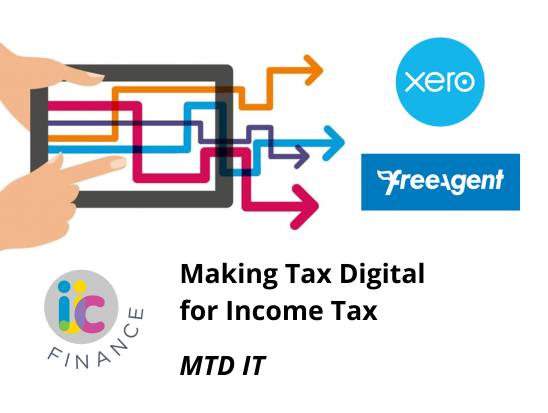The Key to Furloughing Staff
Isobel Chaplin •
April 19, 2020
Furlough is the quite possibly one of the most popular and well-known words out there at the moment, along with “social distancing”, “isolation”, and “lockdown”. But what does it actually mean to a business? Apart from getting the pronunciation correct (yes, it’s not furluff as I first thought but instead furlow) we have to understand the implications of implementing a furlough.

In this unsettling time, many employers may find that there is not enough work to keep their employees busy or that they have had to close down operations temporarily till we get through this period of lockdown. These companies may be able to furlough their staff for a minimum of 3 weeks under the Government’s Coronavirus Job Retention Scheme (“CJRS”) until things start to pick up and it’s business-as-usual. Furloughing is a way of granting a temporary leave of absence to employees without making redundancies although it can result in stress and uncertainty from the point of view of the employee.
The first requirement for an employer to use the CJRS is that it needs to run a payroll under the PAYE scheme, and have done so as at the end of February this year. This means that employed staff (not self-employed contractors) would have received pay in February and it would have been processed via PAYE. If there are any employees who started after this date, e.g. 1st March, then they will not be included. The company is then able to claim a grant from the Government of 80% of gross wages back to 1st March if required, up to a cap of £2500 per month per employee. This works out as a maximum of £2500 gross for the employee as well, as this is actually the amount of grant the employer would receive. An example of where the £2500 cap kicks in is for anyone earning over £37.5K a year (80% of this is £30k a year, which is £2.5k a month). This grant money would still be taxable and NI-able on the employee as it is classed as income, albeit 80% of their regular pay.
In instances where an employee earns a different amount each month, such as under zero-hour contracts, then it is the average pay over the last year or since they started if this is the only data available.
Employers have the option to top up the 80% grant by the lost 20% so that staff receive 100% of their wage and see no difference, however this is down to the employer and is not enforceable.
We have recently heard that the HMRC portal for claiming the grant funding for the CJRS is due to arrive with us on 20th April (we have our fingers crossed). Once processed, the grant funds will be paid into the company’s bank account directly.
It is important to recognise employees’ employment rights and discrimination laws at this time despite all the other distractions, as it is not always the case that all staff are furloughed in a business. Some departments may need to shut down but others can continue working, or it could be that there is work but it is reduced enough to be able to shrink the team size temporarily. Employers must be careful when explaining their choices to staff, and it is also a requirement that staff are written to in advance of the furlough period and will need to confirm their acceptance by return. This documentation may be required when claiming the grant and for the staff files, so it is important to keep a record of what has been said to whom and when.
Once an employee has been furloughed, it is very important that they are doing NO work for the company during this leave period. This would be in breach of the scheme and would be seen as fraudulent behaviour. Employees are, however, still able to undertake training a so long as there are no income-producing activities afoot.
Directors are also eligible to be furloughed under the CJRS, so long as they too are not performing any income-producing activities, although it has been declared under Government guidance that they can perform their statutory obligations in order to comply with the Companies Act.
One of the questions that I have seen pop up a lot is that of whether an individual can work for another company whilst they are furloughed. If their contract of employment allows it, then the answer is yes. A lot of people will have more than one job or may have self-employed income as well, and so long as they are not doing any work for the furlough employer then there is nothing to stop them continuing working for the other business(es) or doing their own self-employed work.
If there’s anything we know from this period in our lives, it’s that accountants are spending an awful lot of time on the HMRC and Government websites at the moment learning about all the new schemes and ways to claim – so feel free to ask any questions and I’ll get back to you with an answer as soon as I can!
Stay safe everyone.
Image courtesy of Jahanullah from https://pngtree.com/
Share this post..
Facebook
X
LinkedIn
WhatsApp






